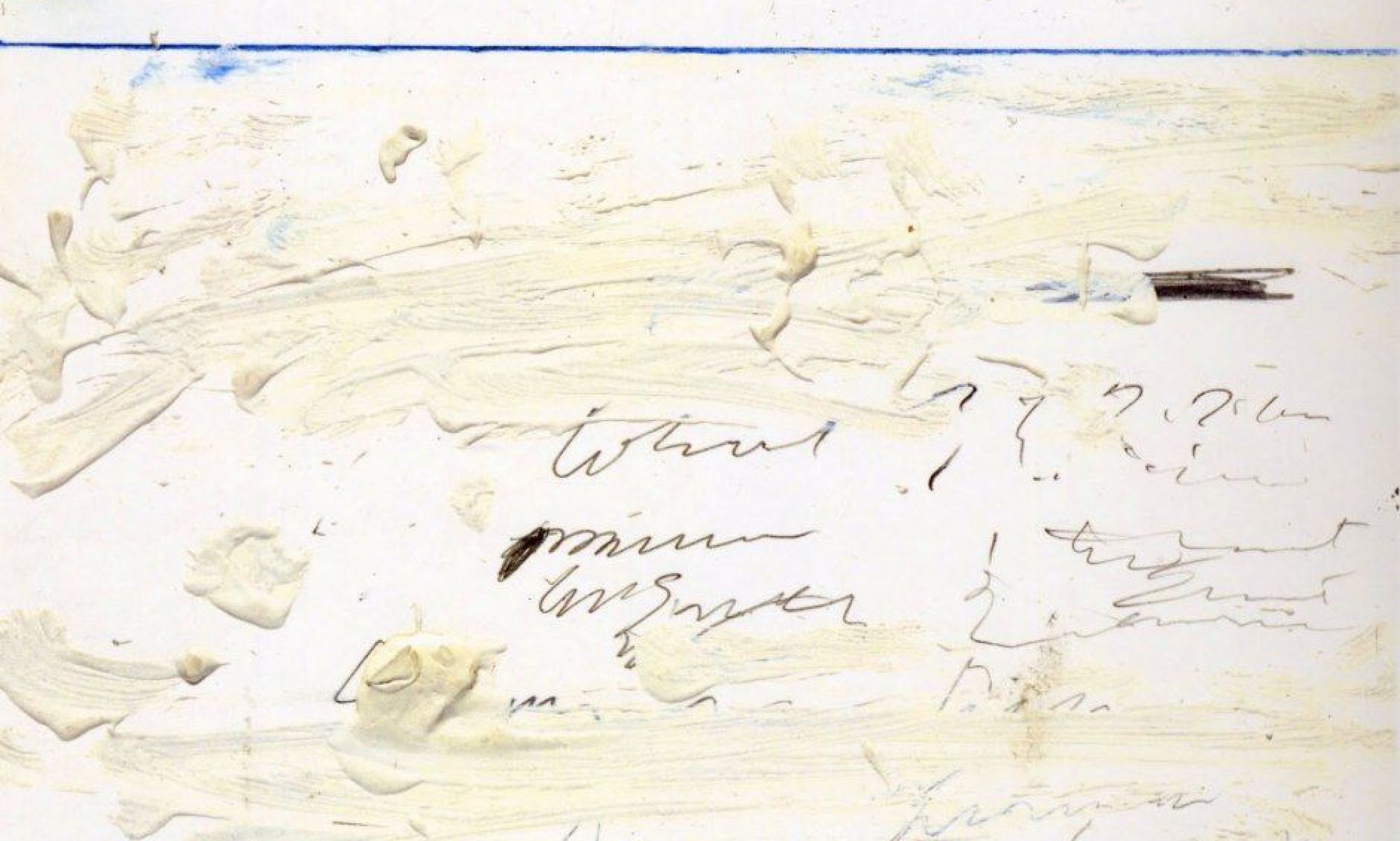I thought that the discussion of gesture on Wednesday was really provocative—it contributed to a surprising (to me) line of thinking about self-consciousness that has been running these last few sessions. Flusser tells us that a gesture is “a movement of the body or of a tool connected to the body for which there is no satisfactory causal explanation” (2); the gesture is not just a reflex reaction, or a rote action, but a significant movement, one that requires interpretation. He goes on to argue that a gesture always has an aesthetic quality, and that it can be evaluated both morally and aesthetically. It might, that is, be morally honest (you really mean it) but not aesthetically honest (it is contrived, pretentious, etc.). The idea that all of our gestures are by definition aesthetic—it’s a little harrowing, but a little true, too; that the gesture is in a sense the smallest unit of art in the everyday, the first step into dance, or even into poetry. We might keep after the question, what is a gesture in language?
Another recurring question had to do with intention; Sam H (who prodded us a few weeks ago to think about whether Siri’s reading is a performance after all) asked whether a dance performed automatically, from sheer muscle memory, could count as a gesture in Flusser’s sense. That question of where we as interpreters of poetry stand with respect to the problem of intention—the poet’s, the poem’s, our own—is a puzzle that has been refracted for us through various media now (especially photography, especially what de Duve would call the snapshot). Is intention projected into the poem by the maker? Is it abstracted from the poem by the reader? How can the two have to do with each other? Another question we might carry into Monday. Let us observe at the very least that a poem—precisely because it can be said to mean so much—poses special problems for the concept.
We had a good discussion of Dickinson’s “I cannot dance upon my toes,” and what kind of ballet knowledge it has (knowledge of? knowledge how?). The question of whether Dickinson can dance seems, as Sam L suggested, to have something to do with whether and how we credit her verse with a kind of dance, with somehow enacting the motion it describes. We wondered about whether we dance in reading it, as a matter of the visual imagery it invokes or even the somatic sympathies it engenders (i.e., do you read of a pirouette with your back, your hips?). Terence Hayes’ sonnet raised the strange question of how you “hold” your face or even yourself as you dance. That strange self-estrangement—holding yourself, carrying yourself?—seemed to have something to do with the way dance promises to unite you with your body. What if it separates you instead? What a great ending though—as though asking the reader to dance.
